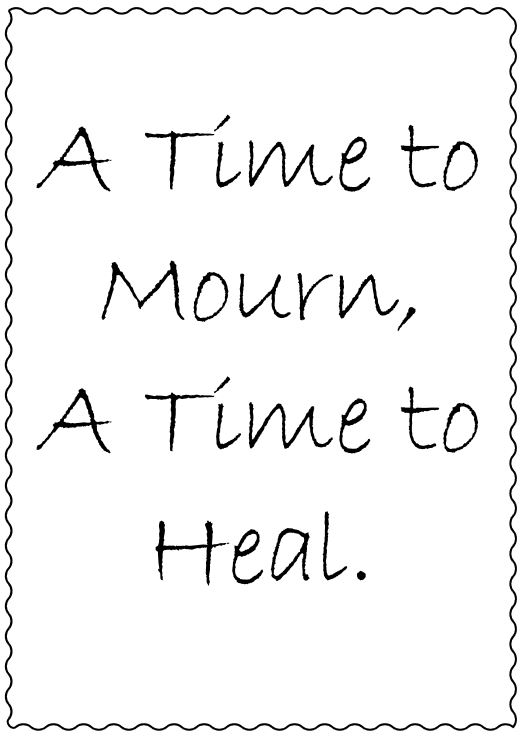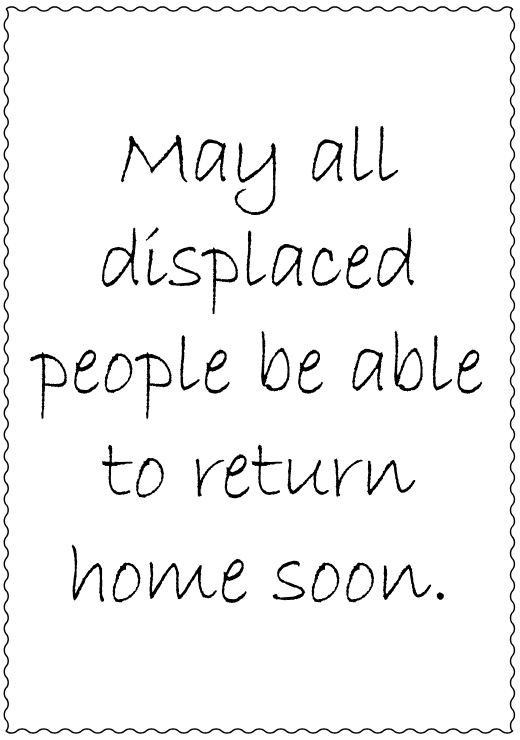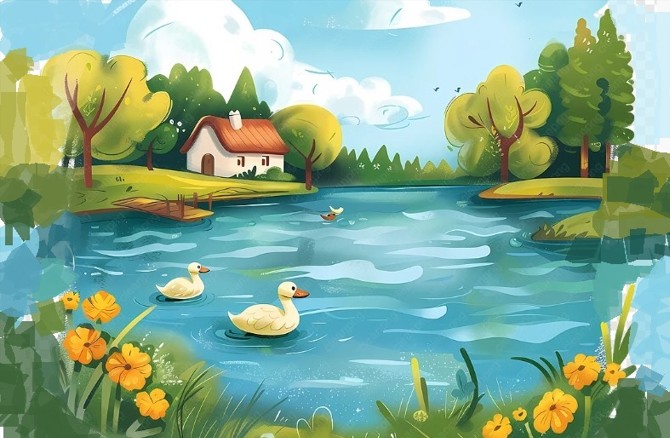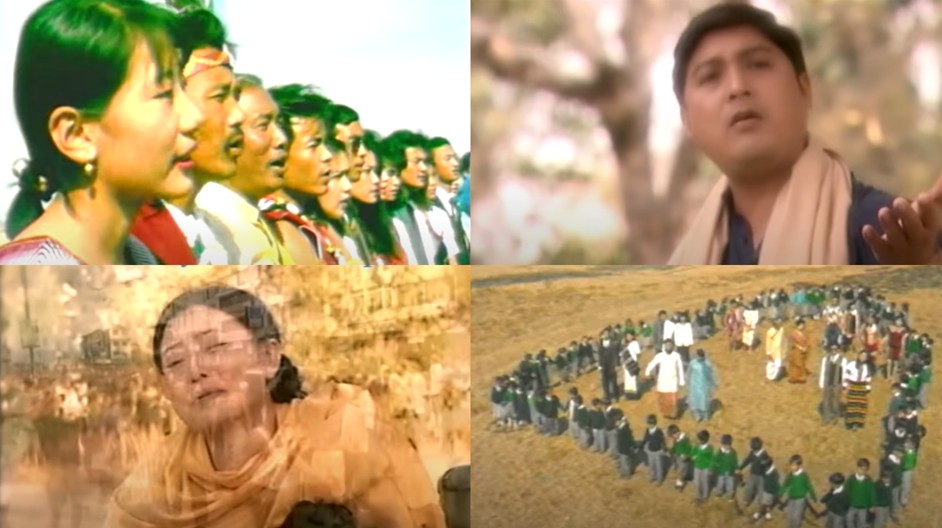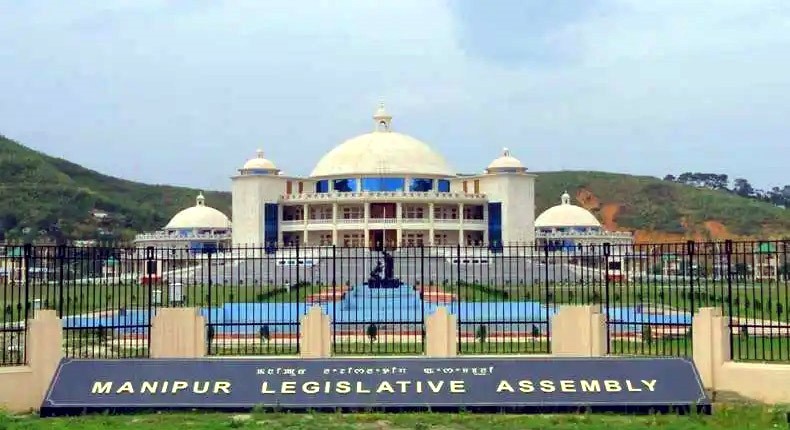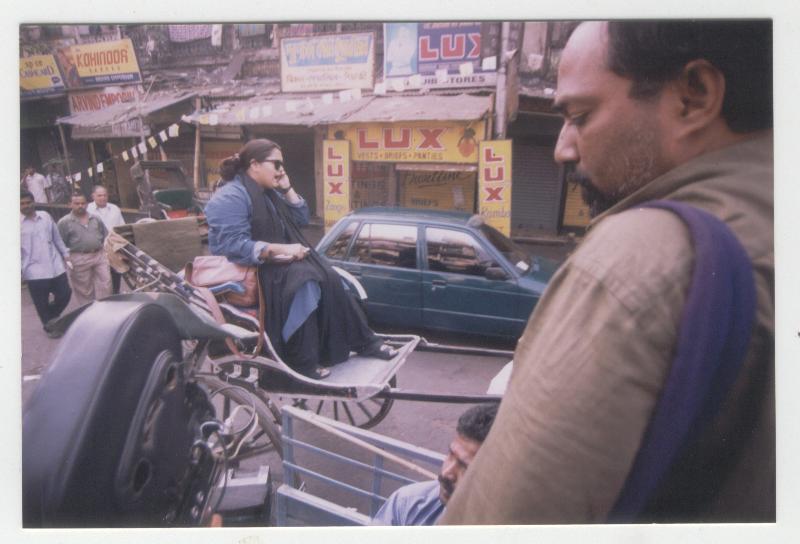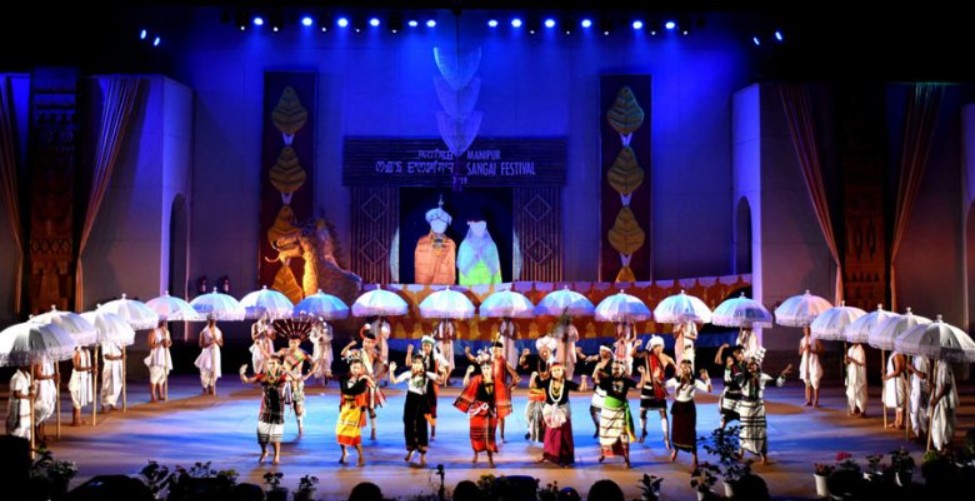“A man travels the world over in search of what he needs and returns home to find it.” — George A. Moore
A home is far more than four walls and a roof. It is a feeling—an emotion—a deep-rooted sense of belonging that offers comfort, identity, and purpose. Home is our refuge from the chaos of the outside world—a sanctuary where our hearts find rest, no matter how far we wander. As Irish writer George A. Moore insightfully observed, we may journey across the globe in search of meaning, only to discover that what we truly seek has always been at home.
To some, home is a physical structure—a house, a hut, a tent, a boat, or even a cave. But for most of us, home is so much more. It is a sanctuary of memories, a cradle of culture, and a spiritual anchor. When we say, “Let’s go home,” we rarely refer merely to a building—we mean returning to a space where we feel loved, safe, and truly seen. Even those who spend most of their lives away from their birthplace continue to cherish the idea of home. They may never return, but the longing never fades.
This emotional connection is so powerful that it persists even when people no longer have a physical place to return to. It is not mere nostalgia—it is a profound psychological and cultural bond embedded deep within the soul. While we may inhabit many houses throughout our lives, most of us have only one true home.
The Cultural and Emotional Fabric of Home
What makes this bond so enduring and powerful? It is difficult to define in exact terms, but this connection is woven from many threads—language, tradition, landscape, memory, and shared culture.
Home is where customs are understood, where faces are familiar, where food is celebrated, and where stories and festivals are shared in unity. It is the place where we can be our truest selves, free from judgment and misunderstanding. It is where the wisdom of elders is passed down and where our children inherit a living culture. It is where nature—our hills, rivers, lakes and forests—feels familiar, comforting and sacred.
Home is also the keeper of our personal memories. It holds the echoes of childhood laughter, the aroma of meals cooked with love, the voices of our ancestors, and the cherished moments of community celebrations. These emotional layers build over time, forming a bond no other place can replicate.
Yet, we often begin to understand the true value of home only after we are separated from it. Whether for employment, or survival, leaving home often leaves behind an ache—a void that no amount of material success can fill to most of the people.
Home as a Safe Haven
Home is our ultimate haven—a place of rest, protection, and belonging. Though no home is without its struggles—whether economic hardship, social tension, or political unrest—these are familiar battles fought with shared values and unity.
In foreign lands, however, we face unfamiliar customs, languages, and expectations. Cultural differences in manner, food, dress, and behavior can make us feel like outsiders. This often leads to stereotyping, marginalization, and sometimes open hostility. Even, many lawful migrants are pressured to abandon parts of their identity to assimilate—or risk being relegated to second-class status in societies that don’t fully embrace them.
Such alienation is painful. It erodes dignity, silences voices, and deepens the yearning for home—not just for comfort, but for recognition, respect, and belonging. This is why countries form borders, governments, and cultural institutions: to protect the physical and emotional essence of their people. Those who give their lives to defend their homeland are not merely guarding territory—they are preserving the soul of a people, their history, and their future. They deserve our highest honor, for they protect what is sacred: our home.
Threats to Indigenous Homes
In today’s globalized and often conflicted world, the threats to home—especially for Indigenous communities—are growing rapidly. Across continents, from North America to Africa, South Asia to the Pacific, Indigenous Peoples have endured displacement, cultural erosion, and systemic marginalization. Their languages vanish, their histories are rewritten, and their ancestral lands are taken.
Even liberal democracies like the United States grapple with identity crises. Once celebrated as a “melting pot,” it now wrestles with growing fears surrounding immigration, race, and culture. Terms like “Black crime” and anxieties over Hispanic migration reflect deep-rooted cultural insecurities. Nationalist rhetoric—such as that of President Donald Trump, who invoked the defense of “Western civilization”— underscores a fear that traditional identities are under threat, even though those advocating such views are themselves descendants of non-native settlers.
The Manipuri Context: A Home Under Siege
For small and culturally distinct communities like ours—the people of Manipur—the threat is even more urgent.
Our home is not merely a political territory; it is a living civilization. It is a land shaped by over 2,000 years of history, home to the Meiteis and more than thirty-four Indigenous tribes. It is sacred, protected for generations by those who gave their lives and spirits to preserve it.
Today, this home stands on the brink of collapse—not only from external pressures but also from internal compromises driven by greed and political ambition.
The unregulated influx of migrants from neighboring regions and countries—often undocumented—has begun to erode our social, cultural, and economic fabric. This demographic shift threatens to make us minorities in our own ancestral land—strangers in the place that nurtured us.
Simultaneously, our youth are leaving in large numbers—seeking education and employment opportunities elsewhere, mostly driven by the instability and lack of opportunities to explore at home. While temporary and permanent migrations are a natural phenomenon, especially in this age of globalization, when it becomes disproportionate, it creates a vacuum—both in population and in potential. If our brightest minds and strongest hands never return, who will carry forward our legacy?
These twin challenges—unregulated inflow and irreversible outflow—pose an existential threat to our survival as a people. We must act with urgency and wisdom. This includes enacting and enforcing laws that protect our land, people, and culture, while also creating opportunities that encourage our youth to stay, thrive, and prosper.
Leadership is crucial—but so is collective responsibility. We, the people, must hold our leaders accountable and do our part in preserving our home. A Call for Unity and Preservation
The Indigenous people of Manipur, must rise above political, communal, and man-made divisions and unite as one community with a shared destiny. Internal conflicts must be resolved through dialogue, empathy, understanding and mutual respect.
Let us build an inclusive, peaceful, and forward-looking society that honors all Indigenous communities while protecting our shared homeland. Let us invest sincerely in education, healthcare, infrastructure, and employment—so that our children grow up not merely surviving but flourishing, proud of their roots and confident in their future.
Home is not just where we live—it is who we are. It is our languages, our music, our festivals, our values, our environment, our shared memories, and our dreams. It is where our ancestors lived and where our children will rise. It is the place where our souls find peace. Without a home, we are wanderers—refugees in our own land. With a home, we are a people with a future.
Let us protect our home. Let us preserve its soul—not only for ourselves, but for the generations yet to come. Let us make Manipur not only sweet, but also safe, strong, and sacred.
Note: This article is in no way critical of the noble Manipuris working outside state/country yet continue to cherish and support their homeland in whatever way they could. Their contributions, love, and enduring commitment for their homeland are deeply respected and sincerely appreciated.


